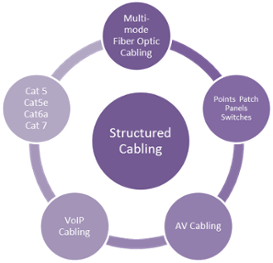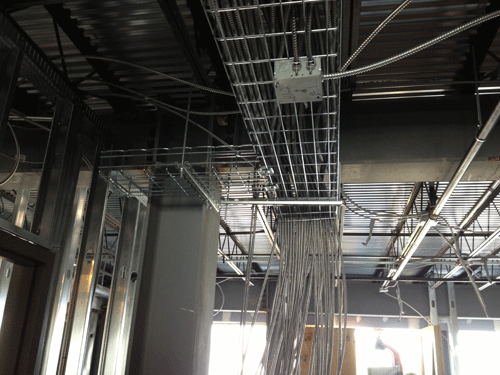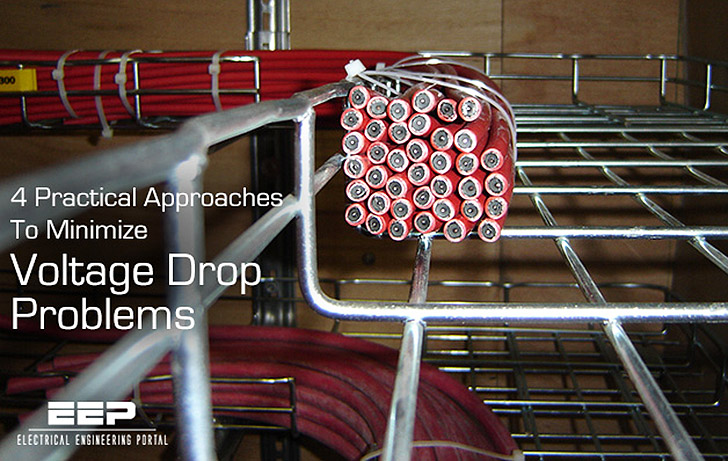When it comes to cable management, debates over the suitability of one solution over another are commonplace, but when it comes to the pros and cons of perforated cable tray in relation to wire mesh things can become heated. In order to get a balanced view on the subject Electrical Review spoke to Nigel Leaver, a marketing manager in Legrand’s cable management division, which manufactures and sells both products
Tracking the perforated tray versus wire mesh debate back to its origin is relatively straight forward, with it all beginning when wire mesh first squared up to perforated tray with a view to grabbing market share and establishing itself as the solution of choice.
Ever since, this battle between the new kid on the block and the traditional old master has demanded industry atten[……]


 4 Practical Approaches To Minimize Voltage Drop Problems (photo credit: lhcb-elec.web.cern.ch)
4 Practical Approaches To Minimize Voltage Drop Problems (photo credit: lhcb-elec.web.cern.ch) [……]
[……]